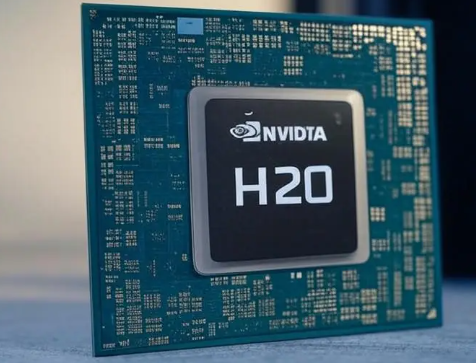Why AMD Acquired Enosemi: The Vision Behind the Deal
AMD's acquisition of Enosemi is not just another tech buyout — it is a clear signal that AMD is betting big on the future of Silicon Photonics for AI acceleration. With AI model sizes exploding and data centre bottlenecks becoming a real challenge, the need for faster, more efficient data transfer has never been greater. Enosemi's expertise in integrating photonic circuits directly onto silicon chips allows for ultra-fast data movement with minimal energy loss — something traditional copper interconnects simply cannot match. ??
What Is Silicon Photonics and Why Does It Matter for AI?
Silicon Photonics is all about using light (photons) instead of electricity (electrons) to move data inside chips and between servers. This technology massively boosts bandwidth while slashing latency and power consumption. For AI workloads, where data movement is often the main bottleneck, this is a game changer. Think of it as swapping out your old dial-up for fibre-optic broadband — the speed difference is just that dramatic! With AMD now bringing Enosemi's photonics IP in-house, we are likely to see next-gen AI accelerators that are not only faster but also greener and more scalable.

How Silicon Photonics Supercharges AI Acceleration: Step-by-Step Deep Dive
Integrating Photonics into Silicon Chips
The first step is embedding photonic circuits directly onto silicon wafers. This integration allows data to be transmitted as light signals within the chip, eliminating the electrical resistance and heat associated with traditional copper wiring. It is a delicate process that requires advanced fabrication techniques, but the payoff is huge in terms of speed and efficiency.
Enabling Ultra-High Bandwidth Connections
By using light, silicon photonics can support data rates of hundreds of gigabits per second — perfect for the massive datasets processed in modern AI workloads. This means AI accelerators can handle more data, more quickly, without being bottlenecked by slow interconnects.
Reducing Power Consumption at Scale
One of the biggest challenges in AI data centres is power draw. Silicon photonics drastically reduces the energy needed to move data, which not only cuts costs but also reduces the environmental impact of large-scale AI operations.
Improving System Scalability
As AI models and datasets grow, systems need to scale up without running into communication bottlenecks. Photonic interconnects make it easy to link more accelerators and memory modules together, supporting future growth without a hitch.
Enabling New AI Architectures
With the bandwidth and efficiency gains from silicon photonics, chip designers can rethink how they architect AI accelerators. This could lead to entirely new classes of AI chips optimised for distributed, high-throughput processing — opening the door for breakthroughs in everything from autonomous vehicles to advanced robotics. ????
The Industry Impact: What's Next for AMD and AI Hardware?
With the AMD Enosemi Silicon Photonics AI combination, AMD is positioning itself as a leader in next-gen AI hardware. We can expect to see new chips that not only outperform competitors in raw speed but also set new standards for energy efficiency and scalability. This acquisition could accelerate the adoption of AI in industries like healthcare, finance, and autonomous systems, where real-time data processing is mission-critical. The ripple effect: more innovation, lower costs, and a greener AI future. ??
Conclusion: AMD, Enosemi, and the Silicon Photonics AI Revolution
The integration of Enosemi's silicon photonics technology into AMD's portfolio is more than just a strategic move — it is a leap forward for the entire AI industry. By harnessing the power of light for data movement, AMD is paving the way for faster, more efficient, and more sustainable AI acceleration. Whether you are an AI developer, a data centre architect, or just a tech enthusiast, this is one shift you will want to keep an eye on as the next generation of AI hardware comes online.







